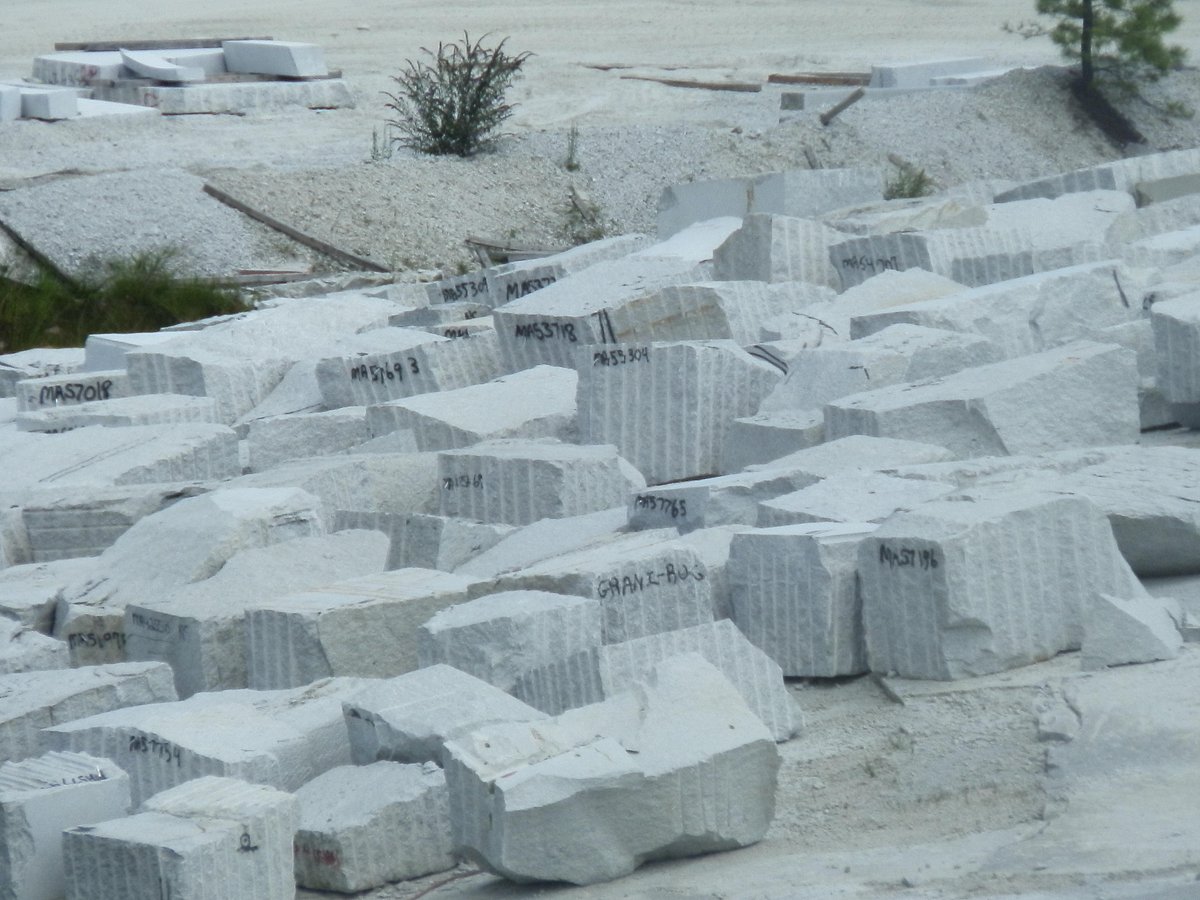Discovering the Rich History and Lasting Practices of Granite Quarrying
As we depend on the precipice of uncovering the elaborate tapestry of granite quarrying, a journey via time discloses not just the physical act of drawing out stone yet also the social and historic value woven right into the extremely fabric of this method. From the old beginnings that laid the structure for modern-day quarrying methods to the lasting practices that are shaping the future of this industry, each sculpt mark on granite surfaces informs a story waiting to be discovered (granite quarries in south africa). The heritage of granite quarrying stretches far beyond simple extraction; it is a testament to human resourcefulness, resilience, and the enduring appeal of this majestic rock
Old Beginnings of Granite Quarrying
Dating back to old worlds, the practice of quarrying granite has been an indispensable component of human history and building improvement. The earliest evidence of granite quarrying go back to old Egypt, where substantial pyramids and detailed sculptures were crafted from this sturdy stone. The Egyptians utilized primitive devices to extract granite blocks from quarries, showcasing the relevance of this material in their monumental building and constructions.
Progressing in background, the Greeks likewise made substantial contributions to the quarrying of granite. The Greeks used granite in various architectural marvels, such as holy places and statues, demonstrating their ability in shaping and carving this sturdy stone. The Romans better improved the strategies of quarrying granite, employing sophisticated devices like blades and hammers to extract and shape granite for their famous frameworks.
Through the centuries, the practice of quarrying granite has evolved, with modern-day innovations boosting effectiveness while preserving the timeless appeal of this natural rock - granite quarries in south africa. From ancient people to contemporary builders, the tradition of granite quarrying proceeds to form our globe
Development of Quarrying Techniques
The advancement of quarrying techniques has been marked by a constant progression in the direction of better efficiency and accuracy in removing granite. From the primary approaches utilized by our forefathers to the sophisticated technologies used in modern quarrying procedures, the industry has undergone substantial innovations. Early quarrying strategies included manual work with fundamental devices such as blades, hammers, and wedges to extract granite blocks from the earth. As worlds progressed, techniques like fire-setting and primitive explosives were presented to assist in the extraction procedure.
Developments in computer-controlled tools and 3D modeling have maximized quarrying procedures, leading to very little ecological effect and enhanced sustainability practices. As the need for granite proceeds to climb, the development of quarrying strategies remains important to meeting market needs successfully and sustainably.
Cultural Relevance of Granite
Granite holds a profound social significance throughout different human beings because of its enduring existence in architectural masterpieces and prized monuments. From the majestic pyramids of Egypt to the complex makings of the Angkor Wat temple in Cambodia, granite has actually been a product of choice for sharing splendour and durability in social heritage. In ancient Rome, granite columns embellished temples and public buildings, symbolizing toughness and permanence. The cultural relevance of granite expands beyond its physical qualities; it embodies resilience, stability, and eternity, making it a symbol of sustaining traditions and practices.

Lasting Practices in Quarrying
In the middle of the rich history of granite quarrying and its social importance lies an expanding focus on sustainable techniques within the market. As environmental understanding and issues regarding source exhaustion have increased worldwide, the quarrying sector has progressively embraced lasting techniques to minimize its influence on the atmosphere and bordering neighborhoods.

Additionally, improvement and rehab of quarry sites post-extraction are important to sustainable methods. By bring back quarried areas to a natural or beneficial state, such as producing wildlife habitats or recreational rooms, quarriers can counter the ecological important site impact of their procedures and add favorably to the regional community.
Tradition of Granite Quarrying
With a historical backdrop steeped in craftsmanship and commercial development, what withstanding impact has granite quarrying left on the landscape of modern culture? The heritage of granite quarrying goes beyond go to the website mere removal techniques; it has shaped building marvels, urban landscapes, and social heritage worldwide. The long lasting nature of granite has made it a recommended option for monoliths, structures, and infrastructure, standing as a testimony to the skill and artistry of quarry employees across generations.
Furthermore, the economic footprint of granite quarrying can not be neglected. The sector remains to offer work possibilities and drive regional economies in areas where granite extraction is widespread. It has additionally spurred technical improvements in quarrying methods and tools, resulting in more reliable and sustainable techniques.
In terms of sustainability, the tradition of granite quarrying consists of initiatives to mitigate environmental influences through reclamation jobs and liable source management. By balancing financial rate of interests with environmental stewardship, the industry aims to ensure that future generations can remain to gain from this enduring natural resource.
Verdict
